
Did you know that over 70% of gardeners enjoy the fun of unexpected surprises in their gardens?
Chaos gardening is a fun way to grow plants without strict rules. It lets you mix flowers, veggies, and herbs in a playful way. This style helps plants grow strong by letting nature do its job. You can add colorful flowers, tall plants, and even vegetables in one spot. It makes your garden look lively and happy. Chaos gardening is easy and helps bugs and birds feel at home.
Would you like a garden that feels magical? Chaos gardening makes this possible. You don’t need to plan every detail. Just plant what you love and watch it grow.
This style saves time and helps the earth stay healthy. Try it today and see your garden bloom in a new way. Let creativity guide you as you grow something special. Your yard will thank you!
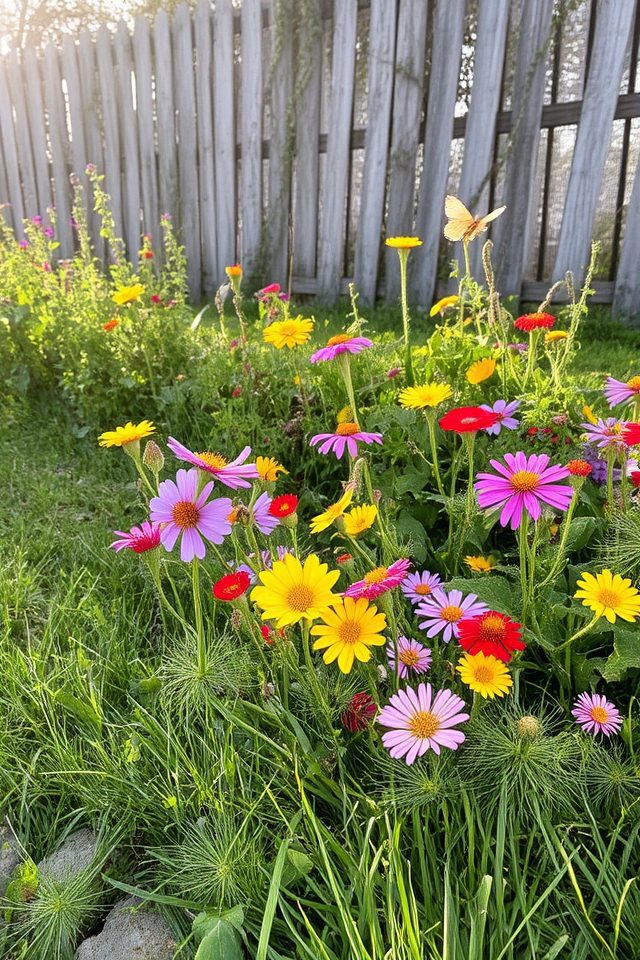
Chaos gardening celebrates the beauty of nature’s unpredictability. By allowing plants to grow whimsically, gardeners can create vibrant, eclectic landscapes that reflect the rich diversity of flora. This approach embraces wildflowers, native plants, and unconventional arrangements, fostering a sense of harmony with the environment. The result is a lush tapestry that captivates the eye, showcasing the inherent artistry of nature while promoting biodiversity and sustainability. It’s a joyful and liberating way to experience gardening.
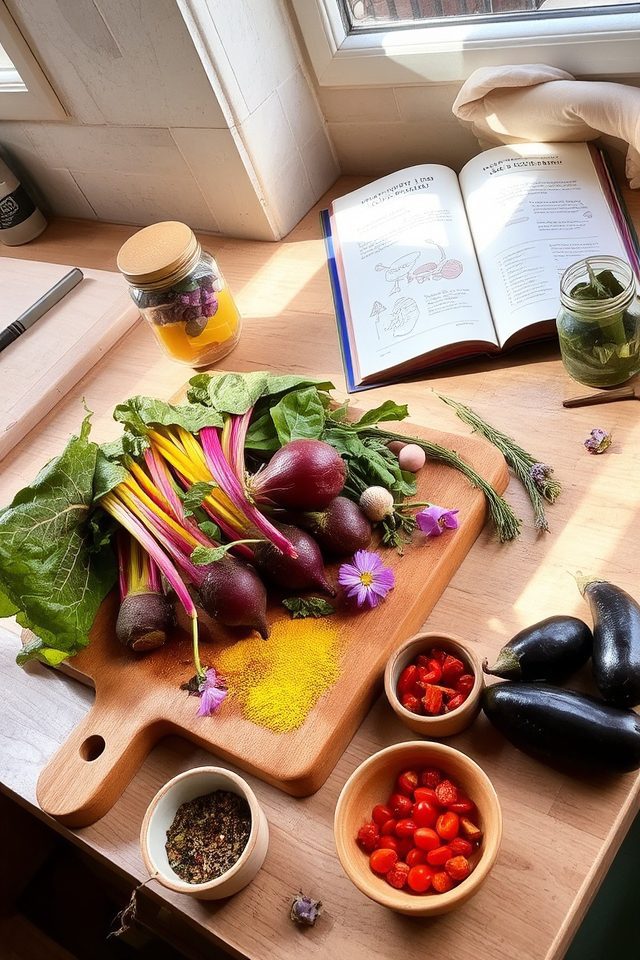
Chaos gardening encourages creativity by allowing individuals to break free from traditional gardening norms. Instead of adhering to strict guidelines, gardeners can explore vibrant plant combinations, unconventional layouts, and imaginative designs. This unstructured approach invites experimentation and inspires unique artistic expressions in the garden, fostering an environment where nature and creativity intertwine. Every mistake or unexpected outcome can lead to new ideas, making chaos gardening a dynamic outlet for personal artistic growth.
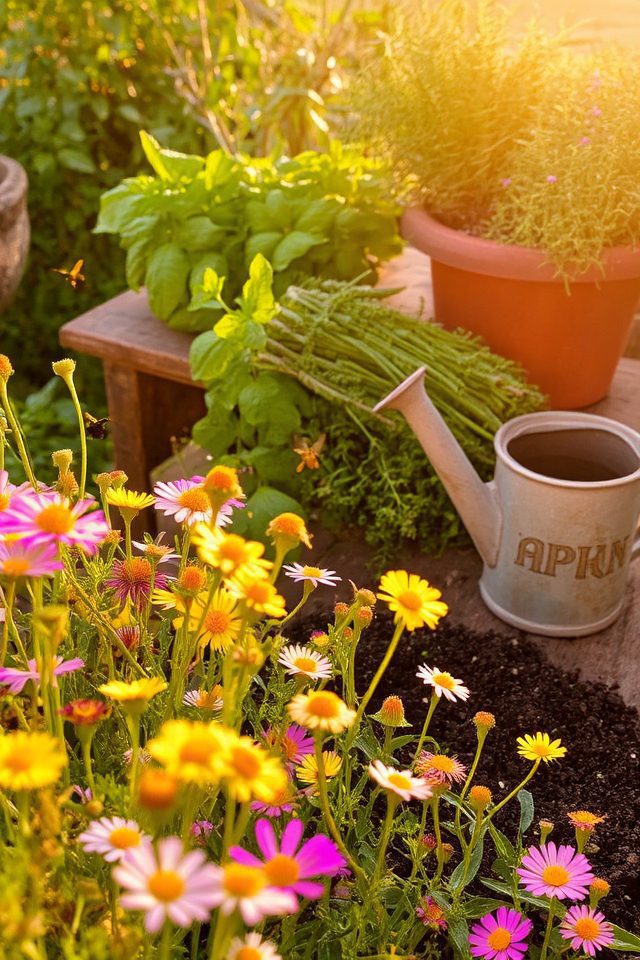
Engaging in chaos gardening can greatly reduce stress levels by providing a therapeutic and creative outlet. The unstructured nature of this gardening style encourages individuals to connect with nature, allowing for a mindful escape from daily pressures. As plants grow unpredictably, gardeners experience a sense of wonder and accomplishment, which promotes relaxation and joy. The hands-on activity of nurturing plants can also stimulate the release of endorphins, enhancing overall well-being and tranquility.
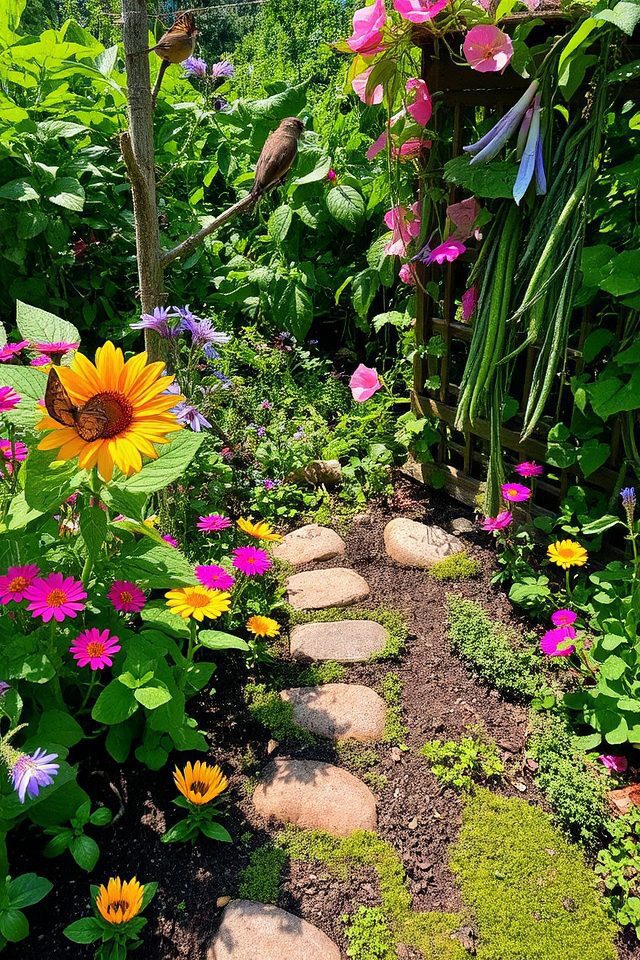
Chaos gardening promotes biodiversity by creating diverse ecosystems within your garden. By allowing plants to grow naturally and intermingling different species, you foster an environment that attracts beneficial insects, birds, and small wildlife. This approach enhances soil health and encourages a balanced ecosystem, ultimately contributing to a more resilient and self-sustaining garden. Embracing the unpredictability of nature not only nurtures various plant life but also supports the intricate web of life that thrives within it.
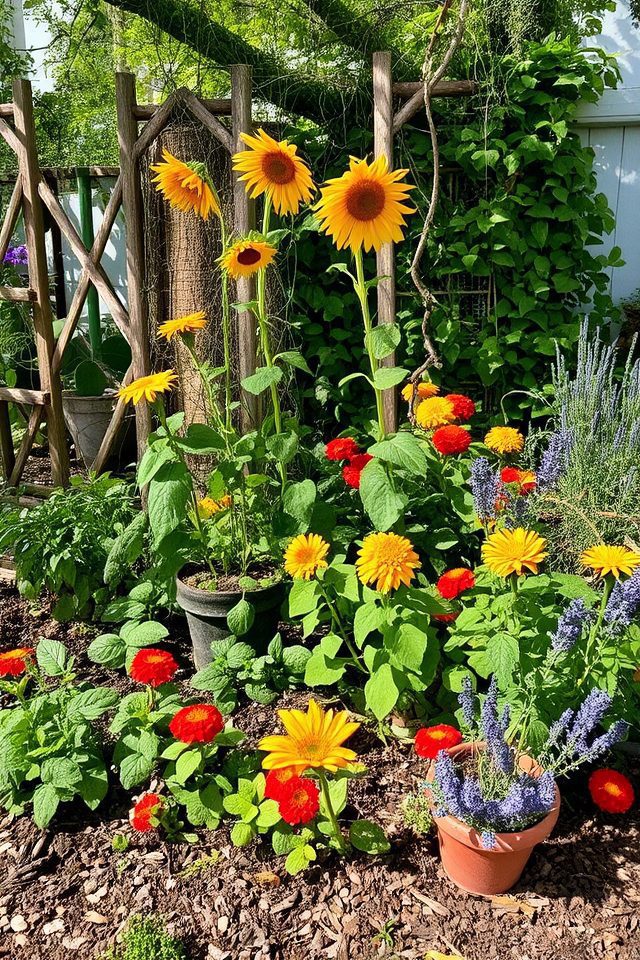
Chaos gardening allows for spontaneity by encouraging gardeners to embrace the unexpected in their planting choices and layouts. Instead of adhering to strict plans or traditional gardening aesthetics, chaos gardeners mix plants, flowers, and herbs randomly, resulting in vibrant, unpredictable landscapes. This approach not only fosters creative expression but also invites the natural elements into the garden, allowing nature to dictate what thrives. The thrill of discovery in seeing how plants interact brings an exhilarating unpredictability to this hobby.
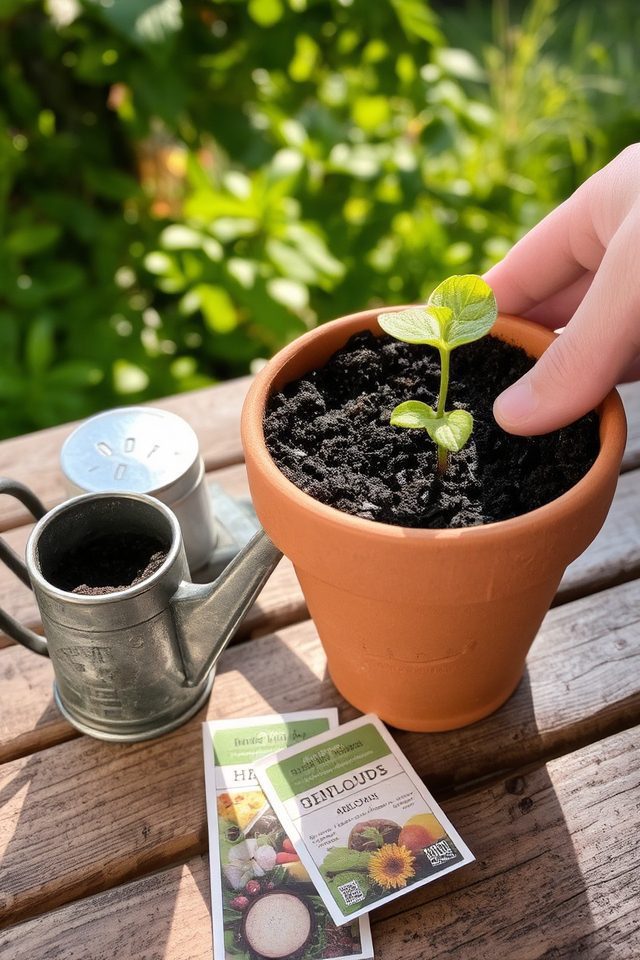
Chaos gardening is an appealing hobby precisely because it requires minimal equipment. Unlike traditional gardening, which often demands a plethora of tools and supplies, chaos gardening thrives on simplicity. You can start with just seeds, some soil, and a small container, allowing for spontaneous growth without the constraints of meticulous planning. This makes it an accessible option for anyone looking to connect with nature, whether in a spacious backyard or a small balcony.
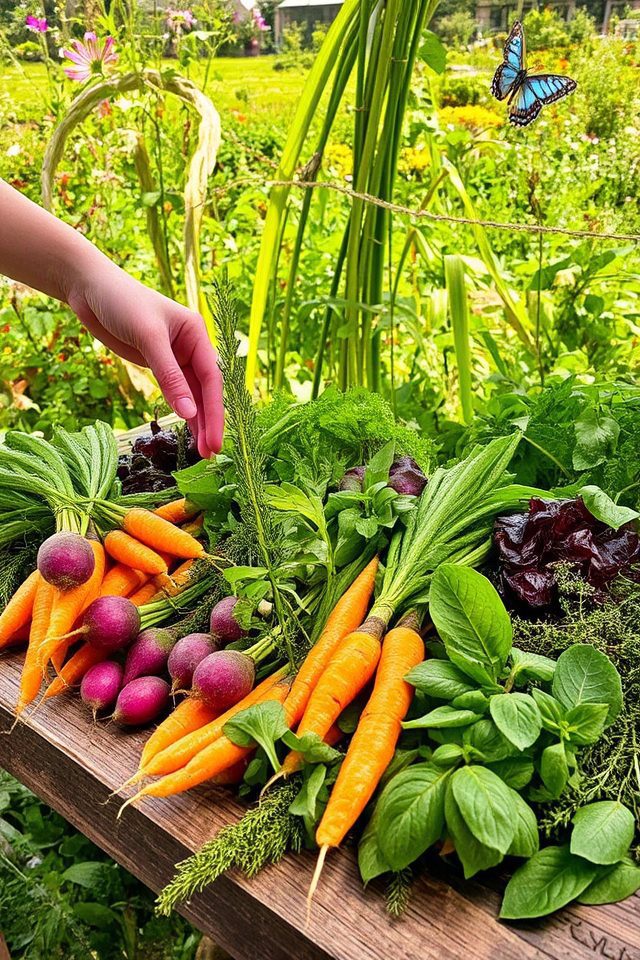
Chaos gardening invites practitioners to engage deeply with nature, fostering a profound connection to the environment. As you embrace the unpredictability of wild growth and natural patterns, you’ll find joy in observing the diverse flora and fauna that flourish in your garden. This hands-on approach promotes mindfulness and appreciation for ecosystems, encouraging a sense of responsibility towards nurturing the planet while allowing you to witness firsthand the beauty of nature’s untamed artistry.
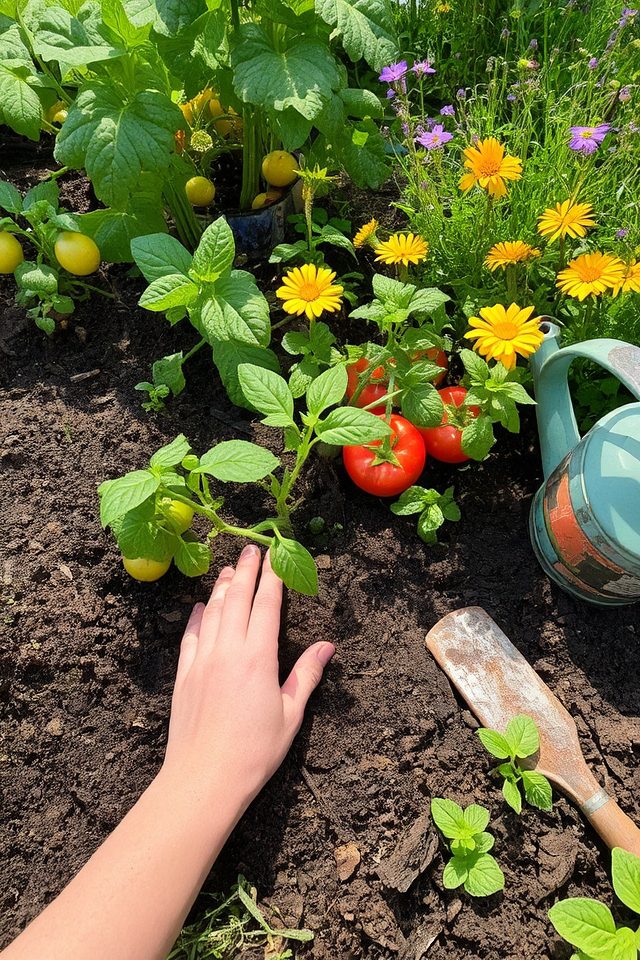
Chaos gardening encourages mindfulness by immersing individuals in the present moment through the organic process of planting and nurturing. As gardeners focus on the unpredictable nature of growth, they cultivate a deeper awareness of their surroundings, the changing seasons, and the intricate relationships within their garden. This hands-on activity fosters a sense of tranquility, allowing participants to disconnect from daily stressors and engage fully with their environment, promoting mental well-being and serenity.
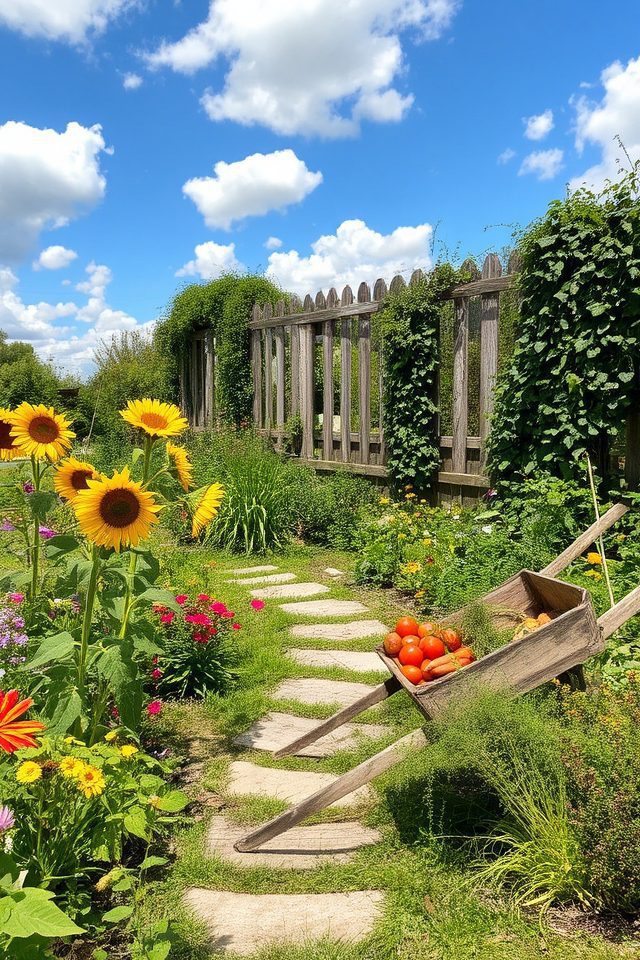
Chaos gardening offers a liberating experience, allowing individuals to cultivate their creativity without the constraints of traditional gardening methods. This practice encourages spontaneous planting and a natural interplay of plants, resulting in a vibrant ecosystem. Participants can experiment with various species, placements, and designs, leading to a sense of freedom and personal expression. The unpredictability of chaos gardening fosters a connection with nature, giving gardeners the joy of discovery and a break from rigid routines.
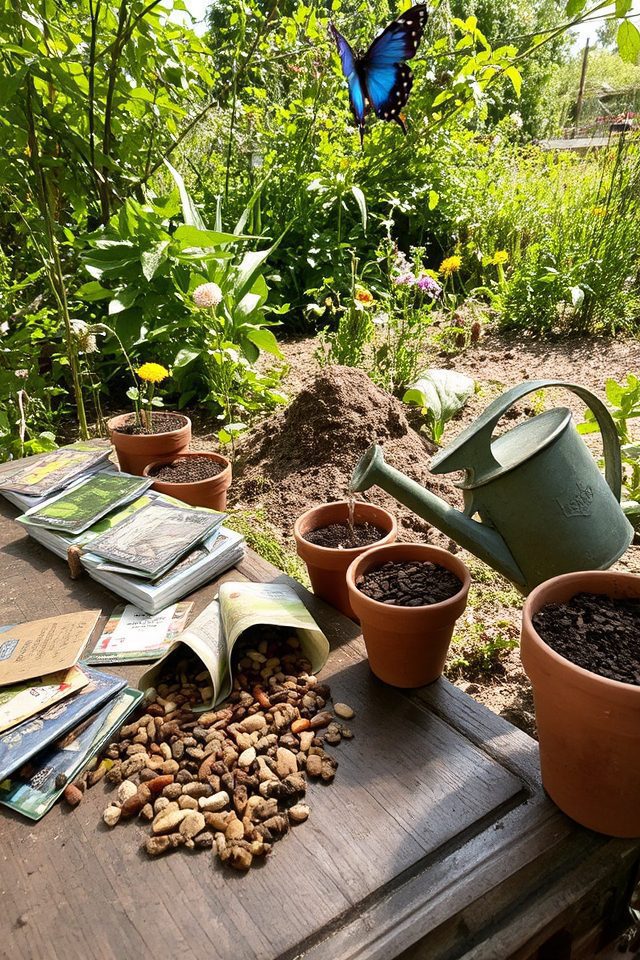
Chaos gardening, with its spontaneous approach to planting and cultivation, inherently teaches patience. As seeds germinate and plants grow unpredictably, gardeners learn to embrace uncertainty and allow nature to take its course. This hands-on experience encourages a deeper understanding of the natural cycles of growth and decay, fostering a sense of calm as one waits for the eventual flourishing of their chaotic garden. Over time, patience becomes a rewarding virtue, enhancing the gardening experience.
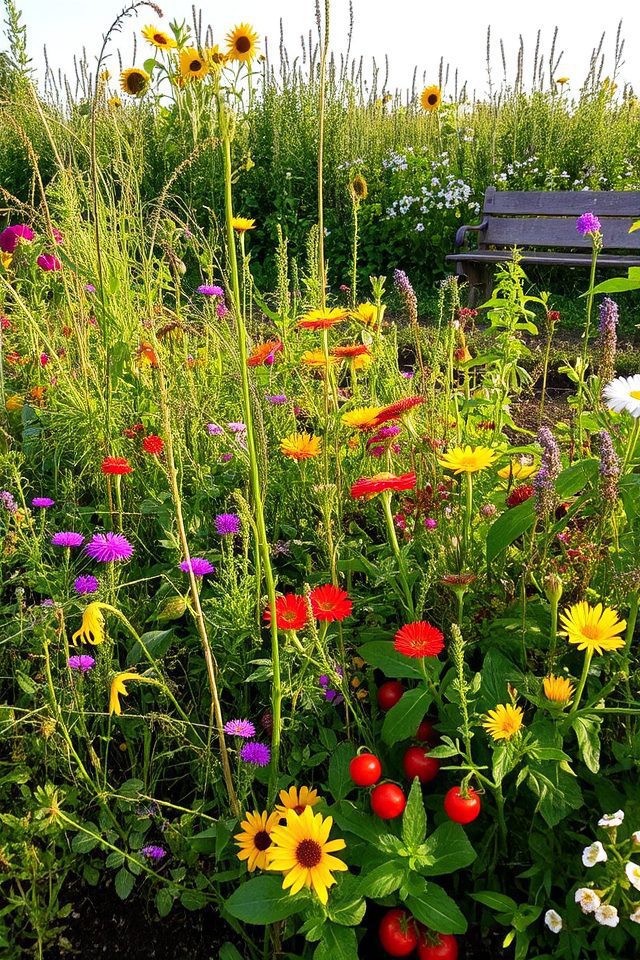
Chaos gardening embraces the unpredictable nature of plant growth, inviting delightful surprises at every turn. As seeds are scattered haphazardly, unexpected blooms and combinations of plants emerge, creating a vibrant tapestry that reflects the beauty of nature’s spontaneity. This lack of strict planning encourages gardeners to adapt and celebrate the whims of growth, discovering new plants and colors they might never have chosen deliberately. Each visit to the garden becomes an adventure of discovery and joy.
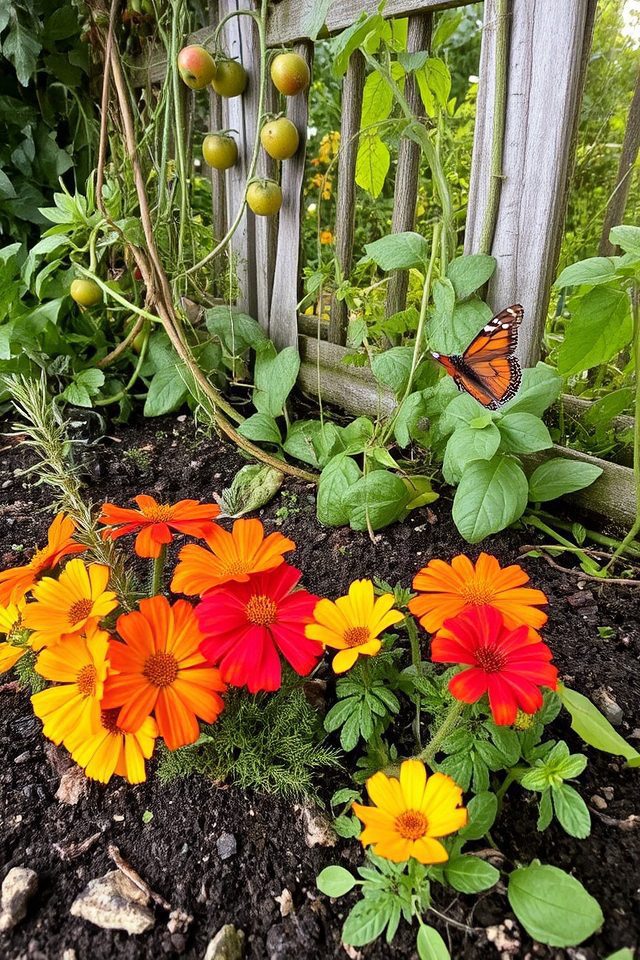
Chaos gardening fosters a unique environment that enhances observation skills. As gardeners navigate unplanned growth and unpredictable plant interactions, they are encouraged to closely monitor changes in their garden’s ecosystem. This heightened awareness leads to a deeper understanding of plant behavior, growth patterns, and environmental factors. By observing how plants adapt and thrive in chaotic conditions, hobbyists develop a keen sense of detail and an appreciation for the complexities of nature.
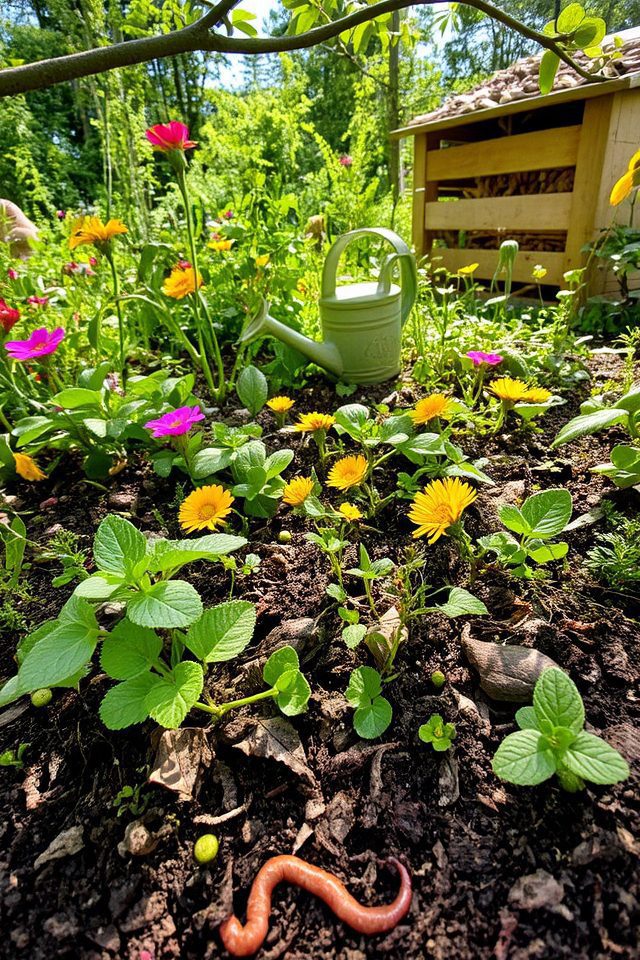
Chaos gardening, an unconventional approach to gardening, greatly enhances soil health by promoting biodiversity and organic matter. By allowing plants to grow freely and in unique arrangements, this method fosters a rich ecosystem that supports beneficial microorganisms, improves soil structure, and increases nutrient availability. The natural decomposition process of fallen leaves and plant materials further enriches the soil, creating a thriving environment for future growth while reducing the need for synthetic fertilizers.
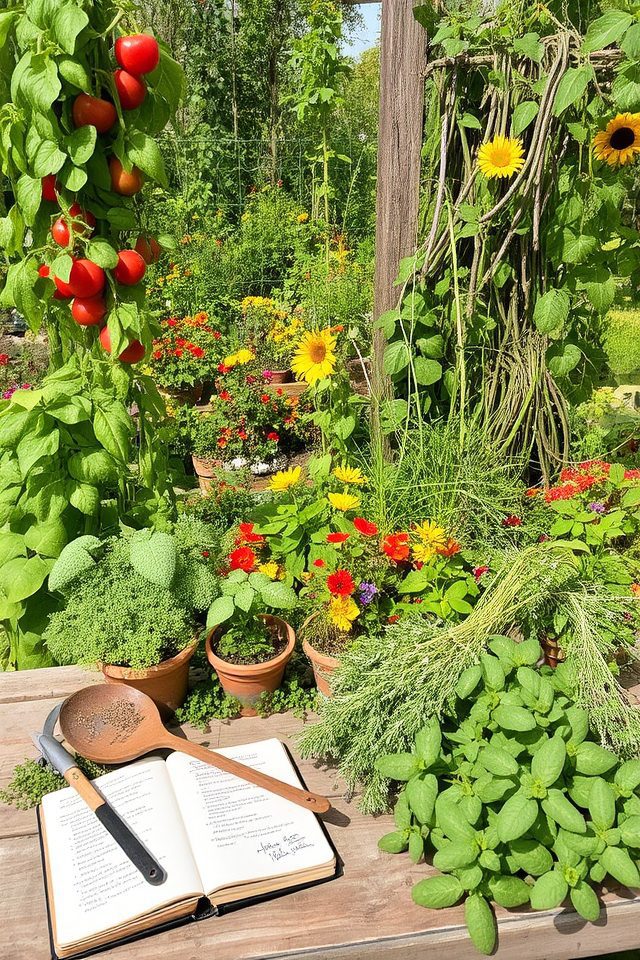
Chaos gardening inherently promotes a spirit of experimentation, allowing gardeners to break free from traditional norms and embrace spontaneity. By mixing plants in unexpected ways and allowing nature to dictate growth patterns, enthusiasts can observe and learn from the diverse interactions within their gardens. This playful approach encourages trial and error, fostering creativity and innovation as gardeners discover unique combinations, natural pest controls, and thriving ecosystems that surprise and delight.
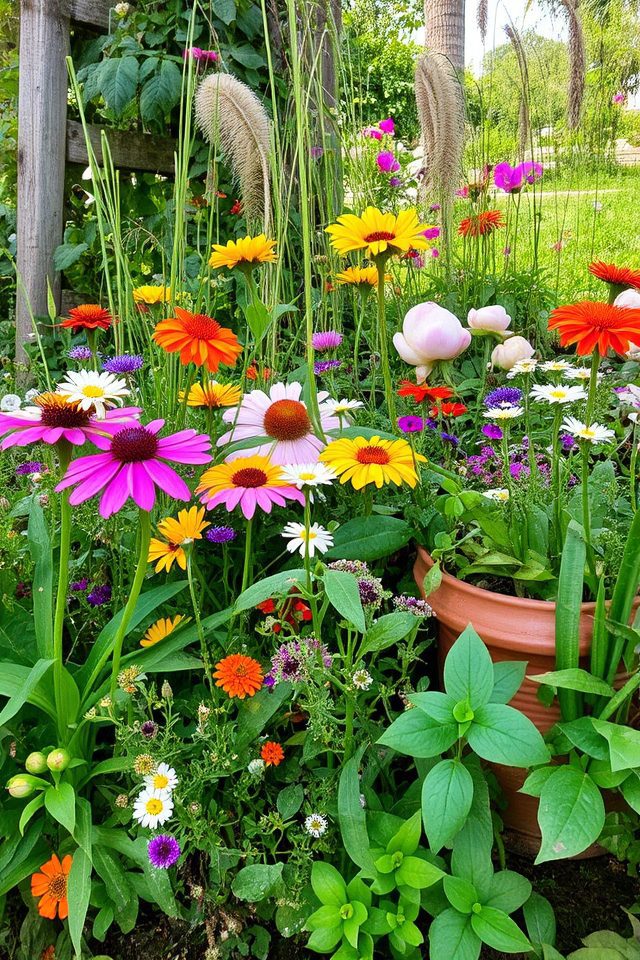
Chaos gardening offers a distinctive aesthetic that celebrates the beauty of imperfection. By intertwining a variety of plants without strict order, it creates vibrant, lush landscapes that evoke a sense of wildness and spontaneity. The random placement of flowers and foliage allows for unexpected color combinations and textures, resulting in a dynamic visual appeal. This natural chaos invites exploration, turning a garden into a living tapestry that reflects the ebb and flow of nature’s artistry.
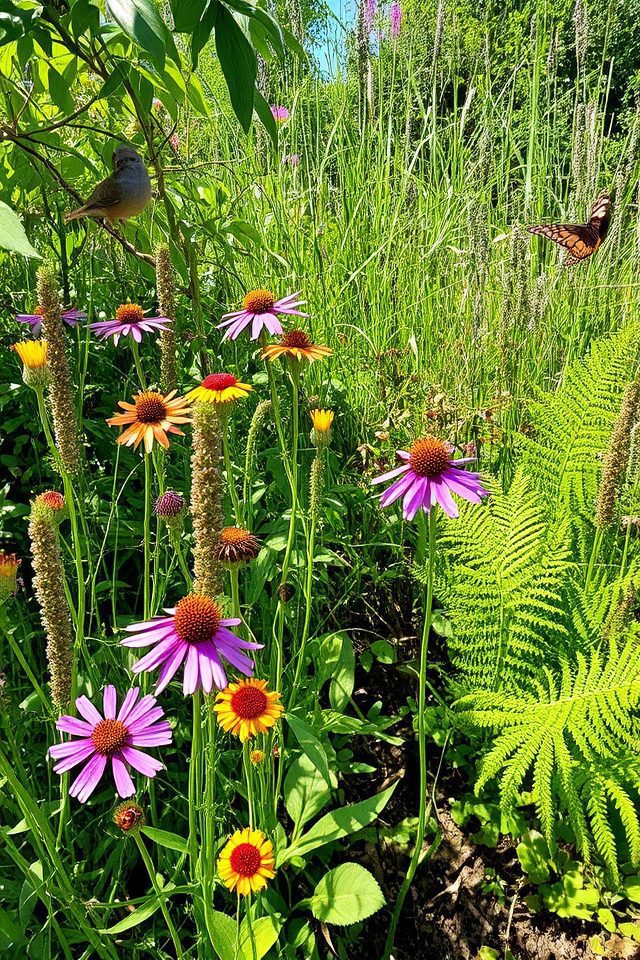
Chaos gardening promotes biodiversity by creating an inviting habitat for local wildlife. By allowing plants to grow naturally and intermingle, this gardening style encourages the presence of beneficial insects, birds, and small mammals. Native plants thrive alongside weeds, providing ample food and shelter for pollinators like bees and butterflies. This organic approach fosters a balanced ecosystem, enhancing the natural beauty of your space while supporting the local fauna essential for a healthy environment.
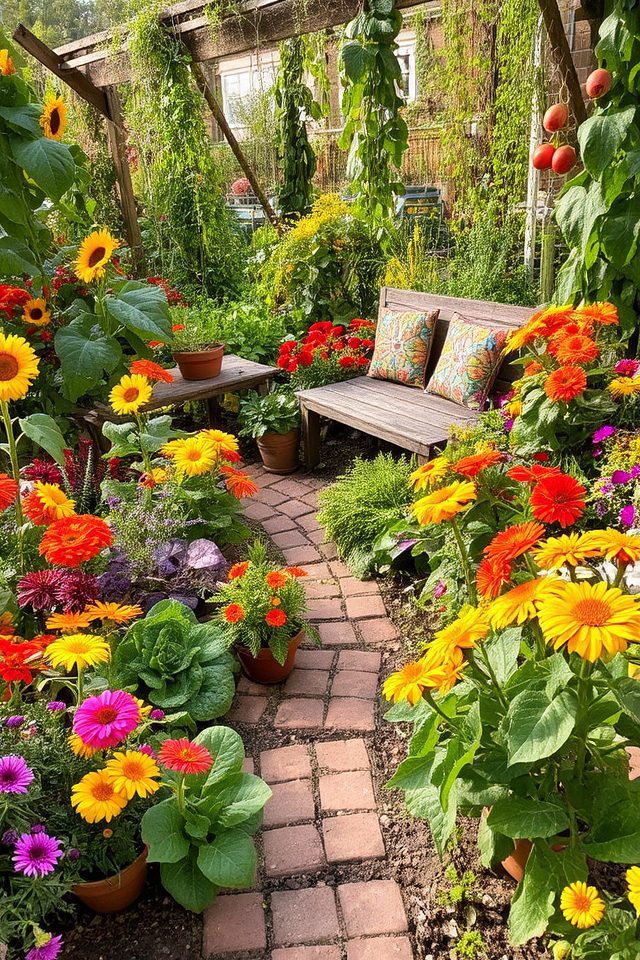
Chaos gardening ignites joy in the gardening experience by embracing spontaneity and creativity. Unlike traditional gardening, it encourages experimentation with unconventional planting arrangements and a mix of plants. This unstructured approach fosters a sense of playfulness, allowing gardeners to reconnect with nature and explore their artistic side. By cultivating a vibrant and eclectic garden, individuals can find peace and happiness in the beautiful chaos, resulting in a rewarding and fulfilling hobby.
In a world where stress can feel overwhelming, embracing chaos gardening is your ticket to a vibrant escape. Did you know that spending just 20 minutes a day gardening can decrease cortisol levels by up to 30%? By inviting nature’s unpredictability into your life, you not only spark creativity and support biodiversity but also nurture your well-being. Let the wild beauty of unplanned growth inspire you, transforming your outdoor space into a lively canvas of joy and exploration.

Don't let aphids, slugs, and caterpillars ruin another plant. Take back control with simple, natural methods that actually work.